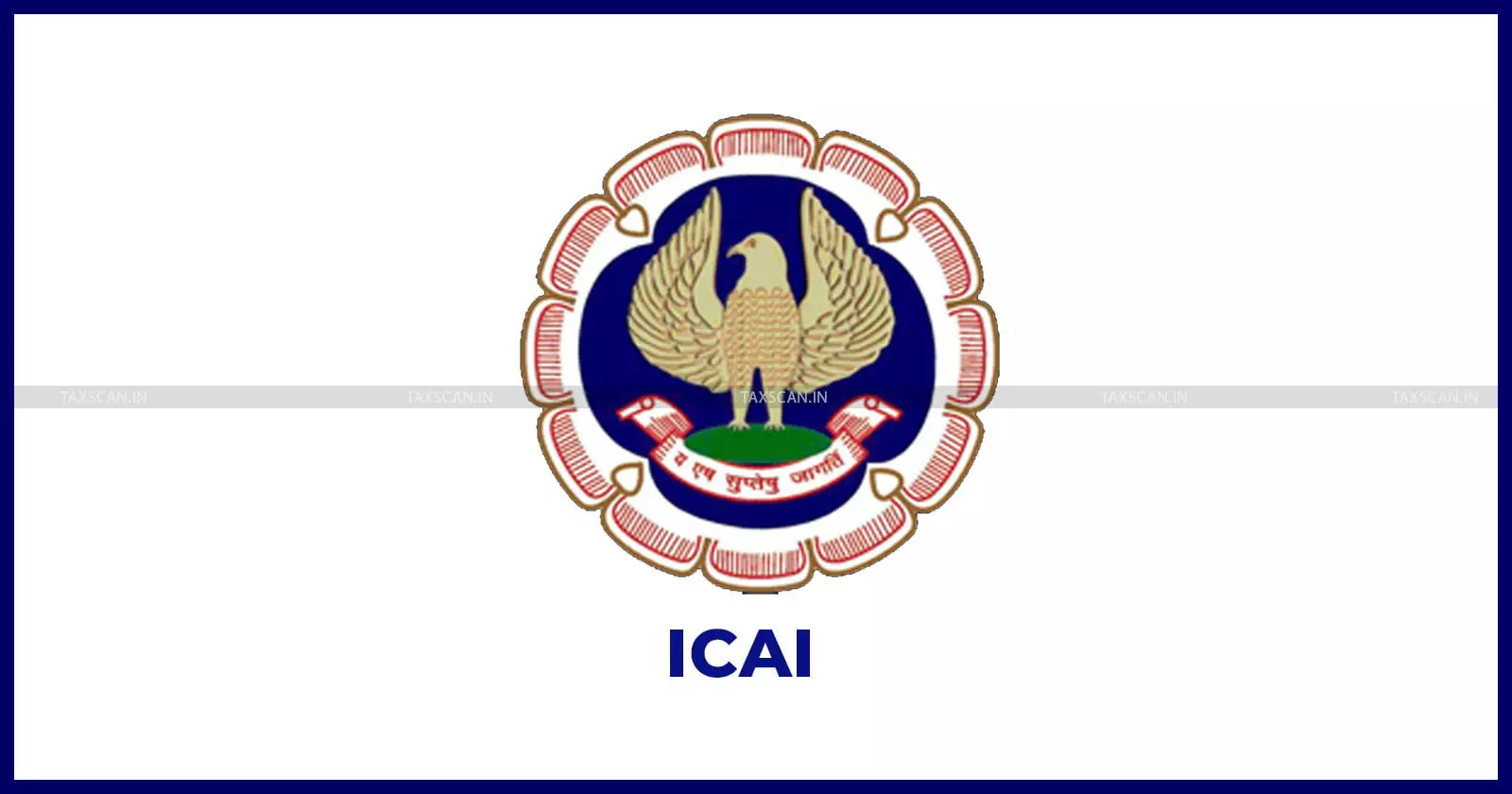ICAI Certificate Issuance Checklist for CAs: Everything You Need
A detailed guide to the ICAI Checklist for Issuance of Certificates, with detailed procedures, paragraph references, and compliance requirements from the Guidance Note (Revised 2016)

Have you ever found yourself unsure about how much detail is required when issuing a certificate for a client? Or questioned what your exact responsibilities are when signing off on a special-purpose report? That’s exactly where the ICAI Checklist for Issuance of Certificates proves invaluable.
This checklist article incorporates paragraph-specific references from the Guidance Note on Reports orCertificates for Special Purposes (Revised 2016) by ICAI, clearing up confusion and ensuring thoroughness.
When the Checklist Applies (Para 1-2)
The checklist applies to special-purpose assurance engagements, where you provide an opinion or conclusion to enhance credibility for specific users. Examples include:
- Turnover certificate for a government tender.
- Net worth certificate for visa or loan applications.
- Fund utilization certificate for regulatory compliance.
When the Checklist Doesn’t Apply (Para 9-11)
It does not apply to non-assurance services like tax return preparation, consulting, or internal advisory without an assurance component.
Practical Insight: Assurance vs. Advisory
Ask yourself: “Am I just presenting facts, or am I vouching for their credibility?”
Section A – Determining Applicability
Confirming Scope of Engagement
Before accepting, clarify:
- The engagement’s objective and subject matter.
- The intended users (e.g., bank, regulator).
- Whether assurance is required.
Initial Ethical and Independence Check
Per Para 17, ensure:
- Compliance with the ICAI Code of Ethics.
- Independence from the entity, documented in working papers.
Example: For a net worth certificate, confirm no financial interest in the client’s business.
Section B – Detailed Procedure Checklist
Step 1: Quality Control (Para 17)
Maintain strong quality controls at both the firm and engagement levels as per SQC 1.
Step 2: Preconditions & Acceptance (Para 18–23)
Verify:
- Ethical clearance and independence.
- Suitable subject matter and measurable criteria.
- Ability to obtain sufficient evidence.
- No scope limitations (decline if present).
Example: For a turnover certificate, ensure sales data is verifiable and criteria align with tender requirements.
Step 3: Setting Clear Objectives (Para 12–14)
Define whether you’re providing reasonable assurance (positive opinion) or limited assurance (negative conclusion)?
Don’t mix them without clarity. Give separate reporting if required.
Step 4: Skepticism & Judgment (Para 34–36)
Remain professionally skeptical, especially when:
- Evidence contradicts management’s claims ( for eg. unreported sales)
- There’s a history of misstatements
- Internal controls are weak (for eg. no segregation of duties).
Step 5: Planning the Engagement (Para 37–40)
Develop a plan covering:
- Scope, timeline, and procedures.
- Suitability of criteria.
- Risk-based allocation of responsibilities.
Reassess if preconditions are not met, potentially declining the engagement.
Step 6: Materiality & Testing (Para 41–50)
Set materiality thresholds (quantitative and qualitative) for both reasonable and limited assurance. Design procedures based on risk and materiality.
Example: A Rs. 10,000 error in a Rs. 10 crore turnover certificate may be immaterial, but a qualitative issue like fraud is always significant.
Step 7: Understanding the Subject Matter (Para 51–53)
Understand:
- Internal controls and systems for reasonable assurance.
- Data preparation processes for limited assurance.
Example: For a fund utilization certificate, review the vendor payment process and approval controls.
Step 8: Gathering Evidence (Para 54–57)
Collect sufficient, appropriate evidence via:
- Recalculation, reperformance, observation, or inquiry.
- Evaluate uncorrected misstatements and revise procedures if risks change.
Step 9: Use of Experts & Other Work (Para 58–61, 81)
When relying on experts (e.g., a valuer for assets) or internal auditors:
- Assess their competence and objectivity.
- Retain responsibility in the report.
Step 10: Report Format Requirements (Para 29–33, 82)
For prescribed formats:
- Include essential elements (Para 80).
- Attach a separate statement if the format lacks required details (Para 32A).
- Retain documentation if authorities reject the report.
Example: If a bank’s format omits the assurance basis, attach a statement clarifying compliance with the Guidance Note.
Step 11: Reviewing Subsequent Events (Para 67–68)
Look out for:
- Events that may alter conclusions (e.g., major expenses post-period)
- Legal issues or penalties
Perform necessary procedures and document everything.
Step 12: Identifying Fraud or Non-Compliance (Para 69–71)
If you spot suspicious transactions or non-compliance:
- Investigate further
- Communicate with management and those in charge
- Consider modifying your report
Step 13: Communicating with Governance (Para 72–74)
Report important issues:
- Discrepancies in documentation
- Delays in information
- Ethical lapses
Keep records of all communication, including minutes or emails.
Step 14: Written Representations (Para 62–66)
Obtain a signed management representation letter confirming:
- Responsibility for data accuracy.
- Compliance with laws.
- No known fraud or litigation. If refused, consider modifying the opinion or withdrawing.
Section C – Finalization and Completion
Structuring the Final Report (Para 75-80, 83-91)
Include:
- Title: “Independent Practitioner’s Report.”
- Specific addressee (not “To whomsoever it may concern”).
- Subject matter, criteria, limitations, responsibilities, procedures, opinion, signature, place, and date.
- Emphasis of Matter/Other Matter paragraphs to highlight issues without modifying the opinion (e.g., pending litigation uncertainty).
- Modify the report (qualified, adverse, or disclaimer) for material misstatements, scope limitations, or insufficient evidence (Para 83–91).
Example: A qualified opinion may be issued if management restricts access to bank statements for a turnover certificate.
Documentation Standards (Para 92-97)
Retain for 7 years: Engagement letter, working papers, management representations, and final certificate.
Tip: Use a cloud-based document management system for easy retrieval.
Summary Table with Paragraph References
| Activity | Para Ref |
| Applicability | 1-11 |
| Quality Control | 17 |
| Acceptance Criteria | 18-23 |
| Engagement Objectives | 12-14 |
| Planning & Risk | 34-40 |
| Evidence Gathering | 54-57 |
| Subsequent Events | 67-68 |
| Fraud Risk Assessment | 69-71 |
| Governance Communication | 72-74 |
| Written Representations | 62-66 |
| Report Structure | 75-80, 83-91 |
| Documentation | 92-97 |
Support our journalism by subscribing to Taxscan premium. Follow us on Telegram for quick updates


